Text
Evaluation
What did you learn and achieve?
I learnt how to develop film and prints which I have since started doing at home as it makes shooting film a lot more cost effective. I’ve also learnt to be more confident when photographing with different subjects other than people, as this project has given me the opportunity to try more of this.
Which research sources did you use and how effective were they at providing the information that you needed?
I used books and zines that I have collected over the past few years, various photography magazines. All of these proved to be very good sources of information in which I used and applied to my project during the research and analysis phase.
What equipment did you use?
For cameras I used a Mamiya RZ67 with a 90mm F3.5 lens and a Nikon FE2 with a 24mm 2.8 and 50mm 1.4. I shot on Ilford HP5 which I developed myself.
How did you use computers and technology?
I used the computer for some research early on and then for editing all of my images after I’d completed my shoots, I use lightroom and photoshop together so that I can do basic editing and then more fine corrections. I scan directly from my Epson V600 into Lightroom to speed up my workflow.
What was your most positive experience?
Probably the shoot I did in Disley as I took some of my favourite photographs there, and ones which I’ve used in this project. I also think that going out at night helped me learn more about shadow as it features heavily in the images that I took.
What did you find the most difficult this project?
I found the analysis and some of the written work really hard as it isn’t something that I find very easy. I struggle to analyse my own work and I struggle to write things in depth as I just don’t know what to say.
On reflection, how could you of improved your work?
I could of spent more time writing rather than taking pictures as I’ve had to do the writing in pretty much one sitting which is very tiring. As far as my shoots are concerned, I don’t think theres anything I could of done to improve them.
To what extent did you achieve all your project goals?
I believe I achieved all my goals as I finished early, took plenty of great photos, learnt to develop and print and organised all my written work to an extent.
0 notes
Photo
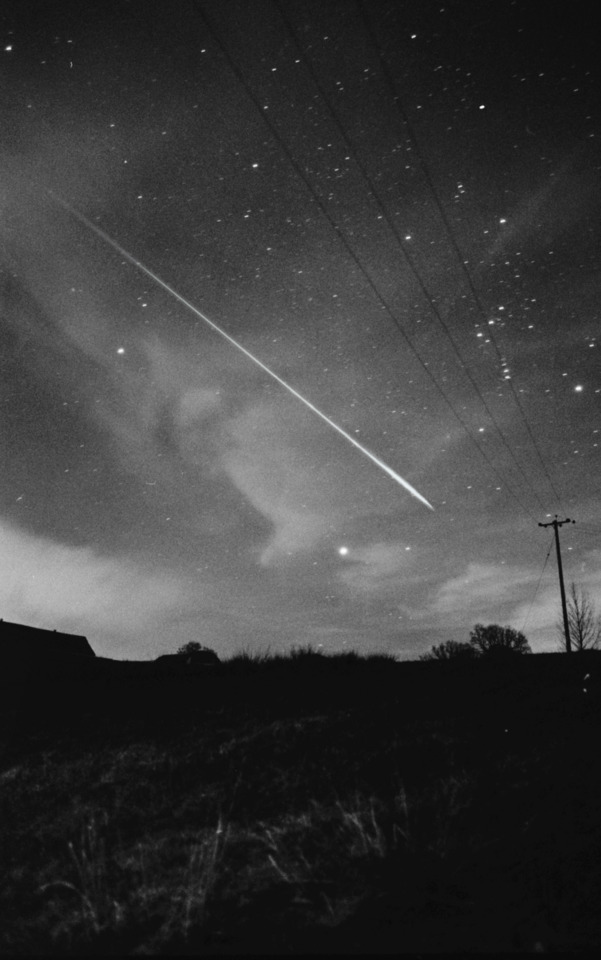


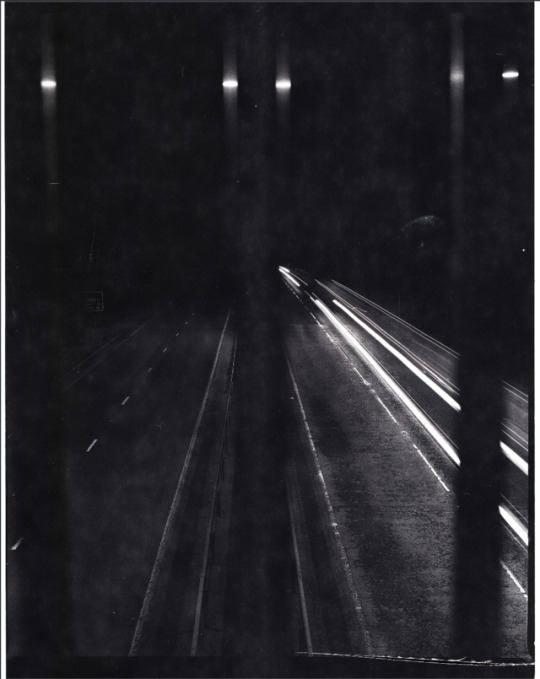
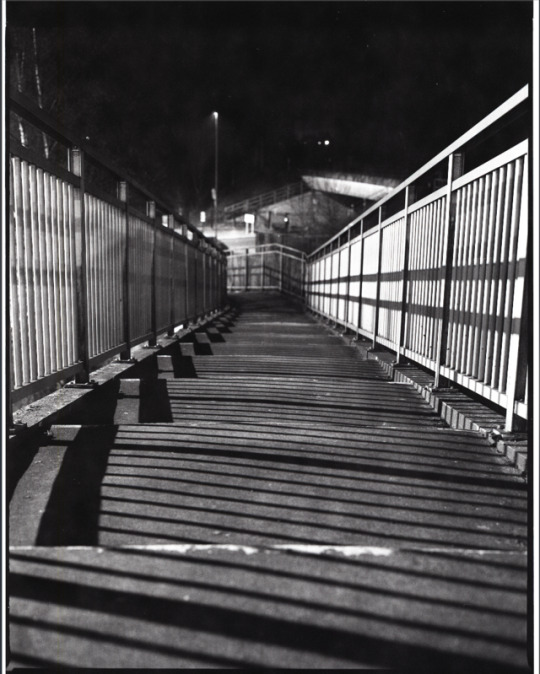
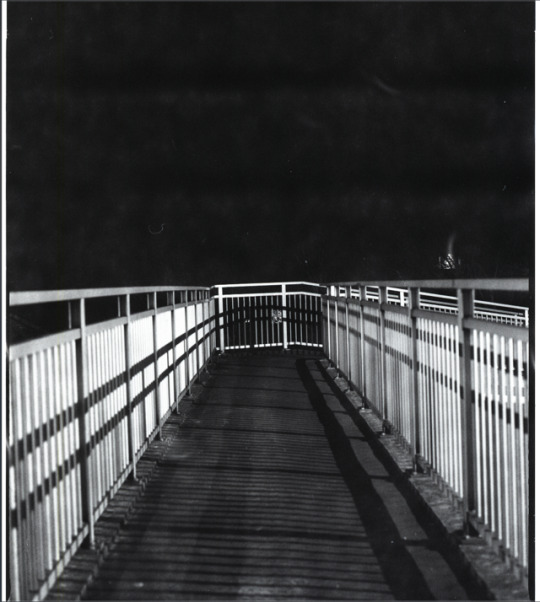
My Final Images - Shot in two locations: Disley and Wilmslow.
I wanted to photograph nature and manmade objects. When we photographed in Disley there was a meteor shower and I managed to capture one which made it into my final selection. I used Ilford film pushed to 3200 for both sets of images.
0 notes
Photo
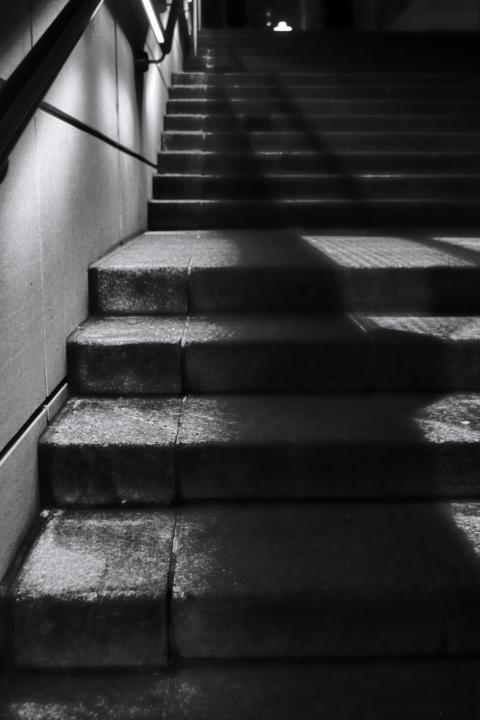

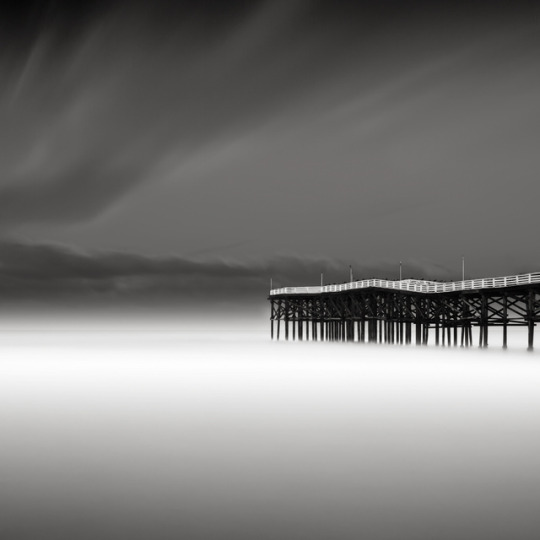
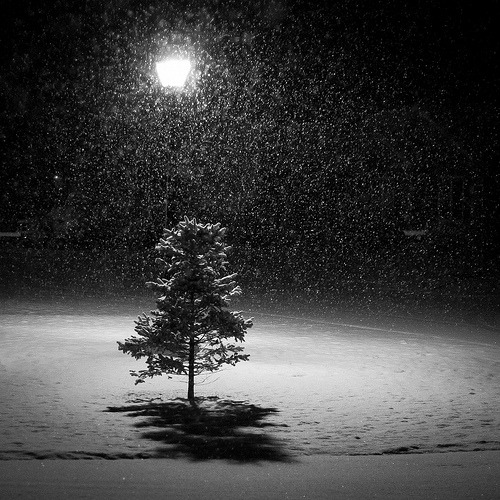
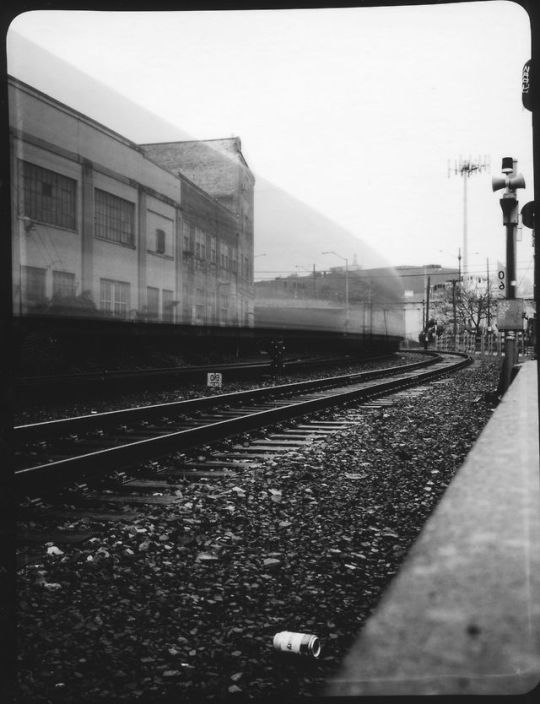
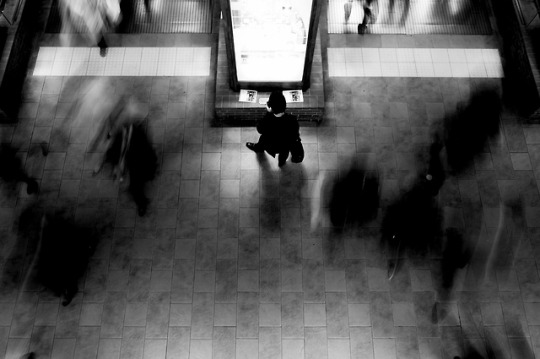
For my final images I’ve decided to do a mixture of long exposure photography and night photography. I chose these two as I can do both on the same night. I’ll differentiate between the two by not having motion in my long exposure shots, and focussing on shadow instead of light. I’m going to shoot them on Ilford FP4 Plus with my Mamiya.
0 notes
Photo
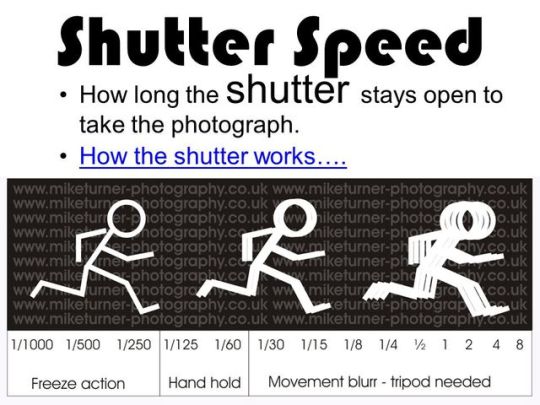
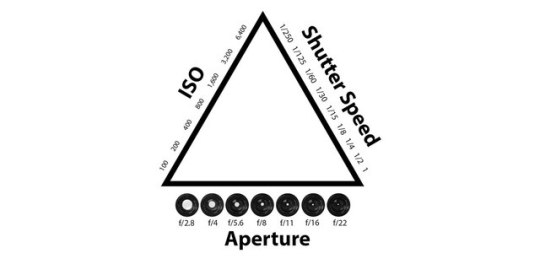
The exposure triangle and an explanation of shutter speed. I used these to understand how aperture, ISO, and Shutter speed correlate. This was particularly useful whilst doing long exposures.
0 notes
Photo

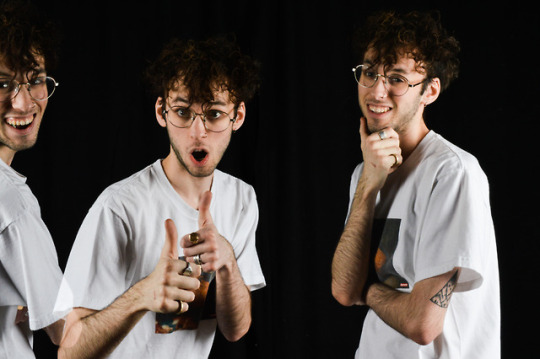
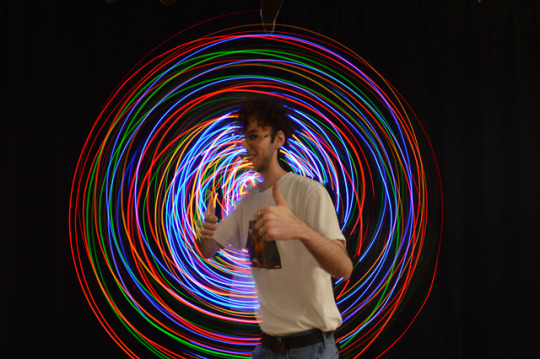
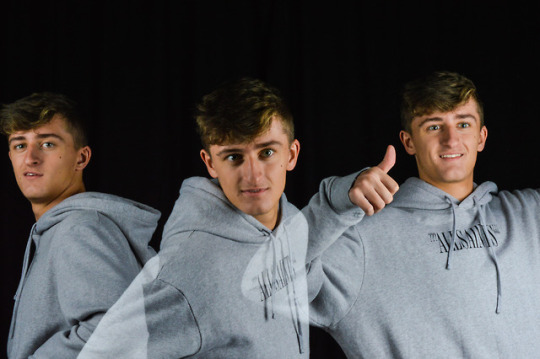
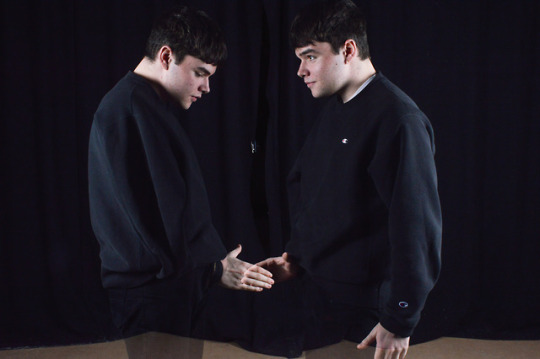
In the studio today we started learning about double exposure and light painting. I found it very fun as they were both things that I’d liked to try to use in my final project. To create a double exposure with a digital camera you must use a long exposure and an off camera flash to trigger as it creates an exposure between the dark areas. To paint with light you must set your camera to Bulb or a similar long shutter speed and use a light or a torch to draw out something. This will then show up as trails on the final image as the shutter speed was too slow to freeze motion.
0 notes
Photo


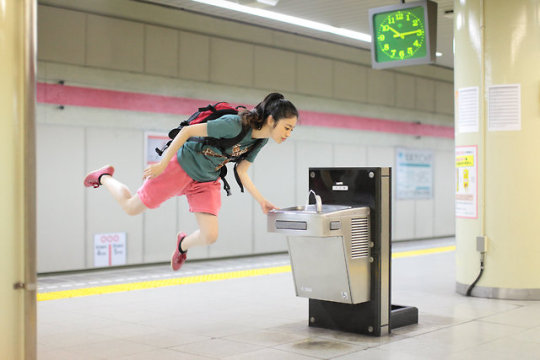
Natsumi Hayashi does not call the photos she posts on Yowayowa Camera Woman Diary “jump shots.” A jump, she says, is composed of many movements. And those who go up must come down.
No, Yowayowa Camera Woman is not jumping.
She’s levitating.
Ms. Hayashi, who lives in Tokyo, presents photographs of herself looking light as air, shot mostly around the city. The images have earned her a respectable following on her blog, as well as on Facebookand Twitter.
Natsumi Hayashi Posted May 20, 2011.
Levitation photos are supposed to emphasize the natural flow of time, said Ms. Hayashi, who usually shoots with a shutter speed of 1/500th of a second or faster.
0 notes
Photo
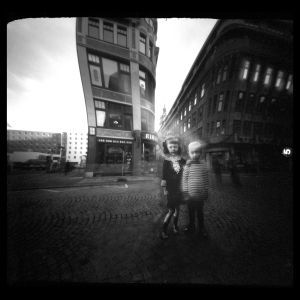
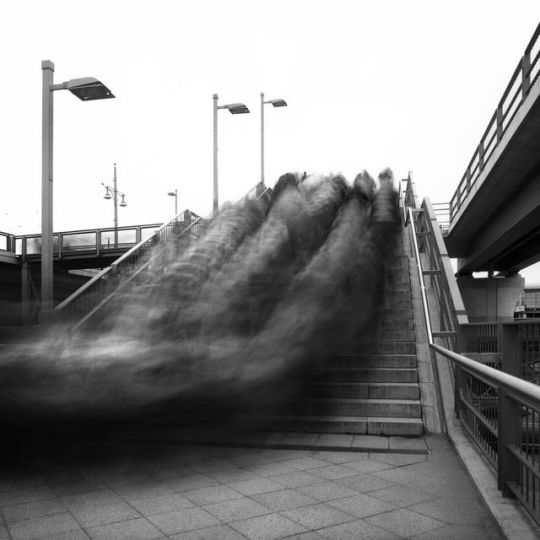
I was born 1971 in Berlin (Germany). After 43 years living in Berlin I work and live in Leipzig today. After having passed the High School Graduation Examination (Abitur) in 1991, I studied business engineering in Berlin and completed my Diploma in 1996. From 1997 to 2010 I worked as a business consultant. In 2011 I started to work freelance as a photographer and artist. I'm self-educated in Photography. I had been photographing for more than 12 years. Over the past 10 years I acquired detailed knowledge in the field of analogue photography. My own artistic projects are usually created with analogue techniques.
Some photographs of my series 'monster', 'multiexpo' and 'tierwald' were shown in Germany, France, USA, Spain, UK, India and Italy at renowned galleries and festivals. I'm part of a permanent collection of the Bibliotheque nationale de France in Paris. - Frank Machalowski on himself, his life and his work.
0 notes
Photo
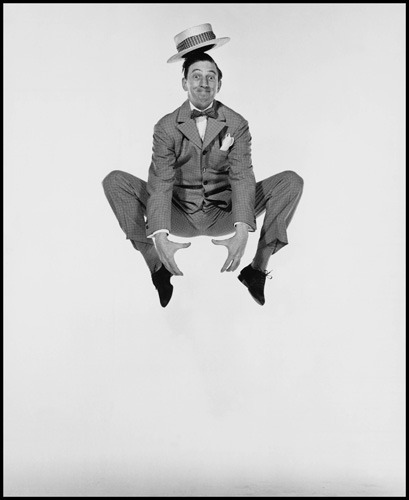


Phillippe Halsman was an American/Latvian photographer. Halsman was born in Riga to a Jewish couple, Morduch (Maks) Halsman, a dentist, and Ita Grintuch, a grammar school principal. He studied electrical engineering in Dresden. In 1941 Halsman met the surrealist artist Salvador Dalí; they began to collaborate in the late 1940s. The 1948 work Dalí Atomicusexplores the idea of suspension, depicting three cats flying, a bucket of thrown water, and Dalí in mid air. The title of the photograph is a reference to Dalí's work Leda Atomica which can be seen in the right of the photograph behind the two cats. Halsman and Dalí eventually released a compendium of their collaborations in the 1954 book Dali's Mustache.
0 notes
Photo

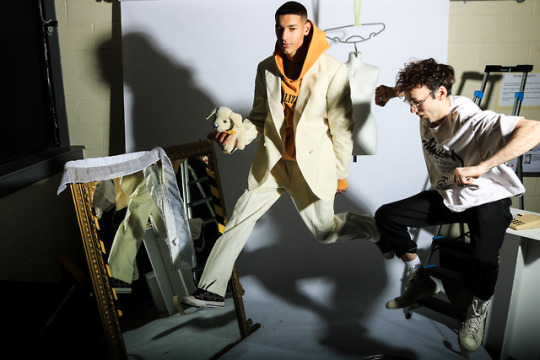
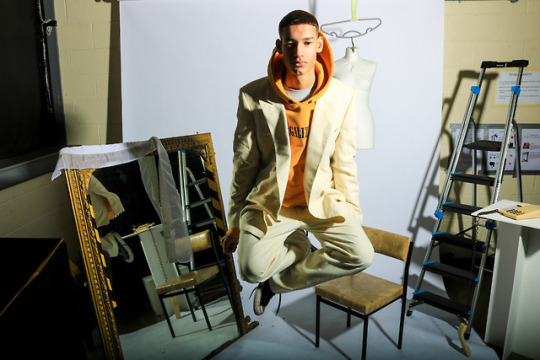
Experimenting with freezing motion. We used studio flashes, a few props and some water to freeze. We tried using a snake and a bicycle wheel but they wouldn’t stay in the shot properly. These are the three best images from the shoot.
0 notes
Photo
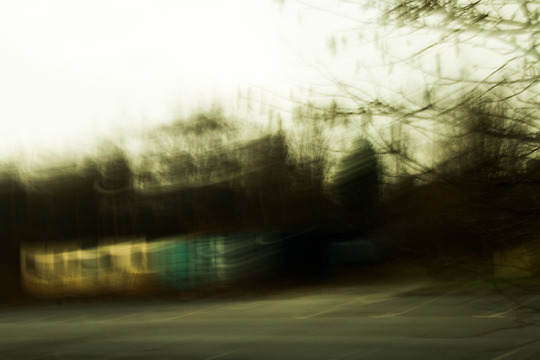

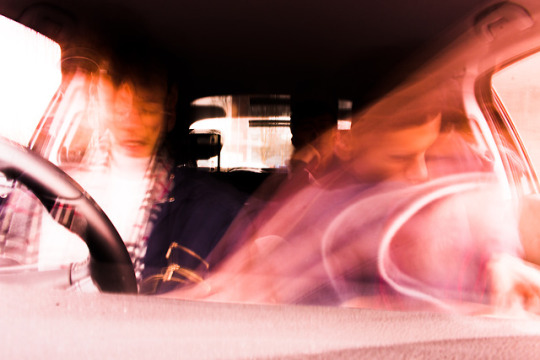
A few practise examples of motion. I used a low shutter speed of one second with these and an ISO of 100. For the top one I panned, the middle one I zoomed and the bottom one I moved the subjects.
0 notes
Photo
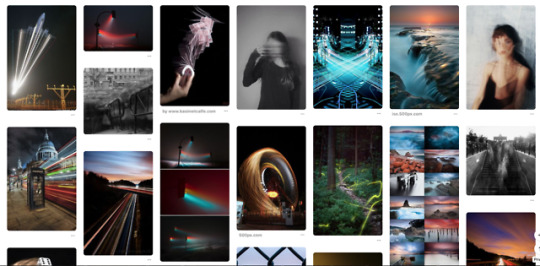
My mood board featuring long exposure, panning, and zoom techniques. I plan to use long exposure for my photographs.
0 notes
